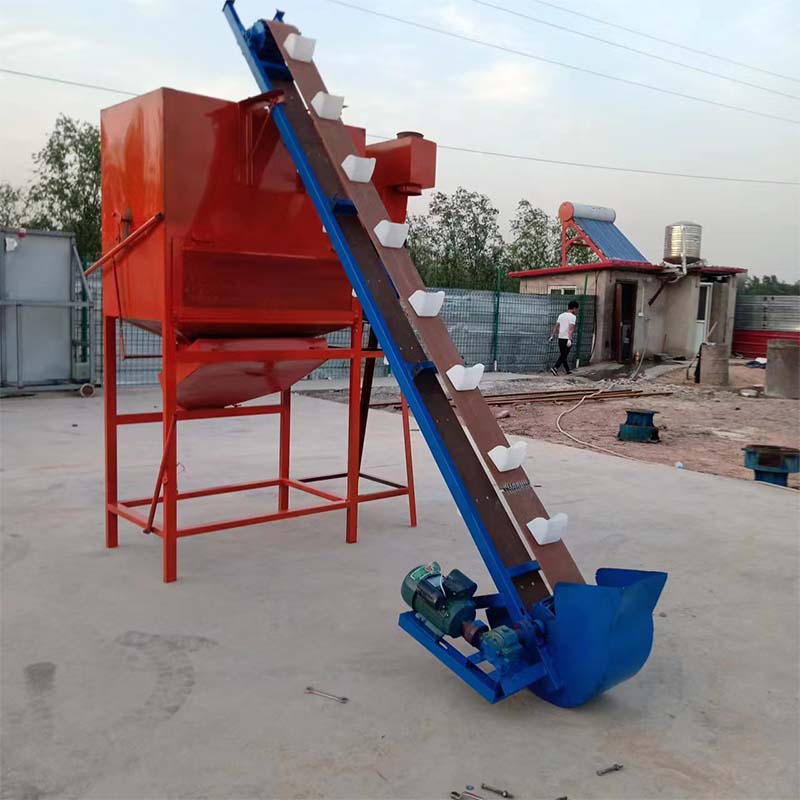outdoor pig pen
Oct . 05, 2024 03:56 Back to list
outdoor pig pen
Creating the Perfect Outdoor Pig Pen A Comprehensive Guide
When it comes to raising pigs, creating a comfortable and safe outdoor pig pen is essential for their health, happiness, and productivity. An effective pig pen not only provides shelter and protection from predators but also allows pigs to engage in their natural behaviors, such as rooting and foraging. In this article, we will explore key considerations and steps to design and build an ideal outdoor pig pen.
Choosing the Right Location
The first step in setting up an outdoor pig pen is selecting the right location. Look for a site that is dry, well-drained, and away from standing water, which can harbor diseases. A slight slope is beneficial for drainage, and the area should be shaded to protect pigs from the scorching sun. Additionally, consider the proximity to your home or barn for easy access and management of the pigs.
Designing the Pen
A well-designed outdoor pig pen should provide enough space for the pigs to move around comfortably
. The recommended space per pig varies by size and breed; for example, weaners will need about 8 to 10 square feet each, while full-grown pigs may require 20 to 50 square feet or more. The fencing should be sturdy; pigs are known for their strength and curiosity, so using heavy-duty fencing materials such as welded wire or chain link is advisable.The height of the fence should be at least four feet to prevent pigs from escaping. Furthermore, consider burying the lower part of the fence into the ground or adding additional fencing underground to deter rooting and digging out. Always check local regulations regarding livestock enclosures to ensure compliance.
Shelter and Bedding
Providing adequate shelter within the pen is crucial. Pigs need protection from the elements, including rain, snow, and extreme temperatures. A simple yet effective shelter can be built using straw bales, wood, or metal. The shelter should be well-ventilated to prevent heat buildup in summer and insulated for warmth during winter.
Bedding is another important consideration. Straw, wood shavings, or shredded paper can provide a comfortable surface for the pigs to lie on. Regular bedding replacement not only helps in keeping the pen clean but also absorbs moisture and reduces odors.
outdoor pig pen

Enrichment and Foraging
Pigs are intelligent animals that require mental stimulation and physical activity. Incorporating enrichment into their environment is essential for their well-being. This can include logs for rooting, tires to climb on, and areas where they can dig and forage. Scatter food around the pen or use feeding puzzles to encourage natural foraging behaviors and keep the pigs engaged.
Water and Feeding
Access to clean water is vital for pigs. Install a water trough that is sturdy and easy to refill, ensuring that pigs always have fresh and clean water available. Consider automatic waterers that can save you time and effort. Feeding should also be done regularly, with a balanced diet consisting mainly of grains, fruits, vegetables, and specialized pig feed.
Health and Maintenance
Regular health checks are important to keep pigs healthy. Watch for signs of illness, such as lethargy or changes in appetite. Additionally, schedule routine vaccinations and check-ups with a veterinarian who specializes in livestock.
Maintenance of the pig pen is an ongoing task. Regularly clean the pen to remove waste and old bedding, which can harbor parasites and diseases. Rotating grazing areas, if applicable, will allow the land to recover and reduce parasitic threats.
Conclusion
Creating an outdoor pig pen is a rewarding endeavor that requires careful planning and consideration. By focusing on the location, design, shelter, enrichment, and maintenance, you can ensure a healthy and happy environment for your pigs. With proper care, your outdoor pig pen will thrive, leading to productive and healthy livestock. Enjoy your journey into pig farming, and remember that happy pigs make for a successful farming experience!
-
Hot Sale 24 & 18 Door Rabbit Cages - Premium Breeding Solutions
NewsJul.25,2025
-
Automatic Feeding Line System Pan Feeder Nipple Drinker - Anping County Yize Metal Products Co., Ltd.
NewsJul.21,2025
-
Automatic Feeding Line System Pan Feeder Nipple Drinker - Anping County Yize Metal Products Co., Ltd.
NewsJul.21,2025
-
Automatic Feeding Line System - Anping Yize | Precision & Nipple
NewsJul.21,2025
-
Automatic Feeding Line System - Anping Yize | Precision & Nipple
NewsJul.21,2025
-
Automatic Feeding Line System-Anping County Yize Metal Products Co., Ltd.|Efficient Feed Distribution&Customized Animal Farming Solutions
NewsJul.21,2025






